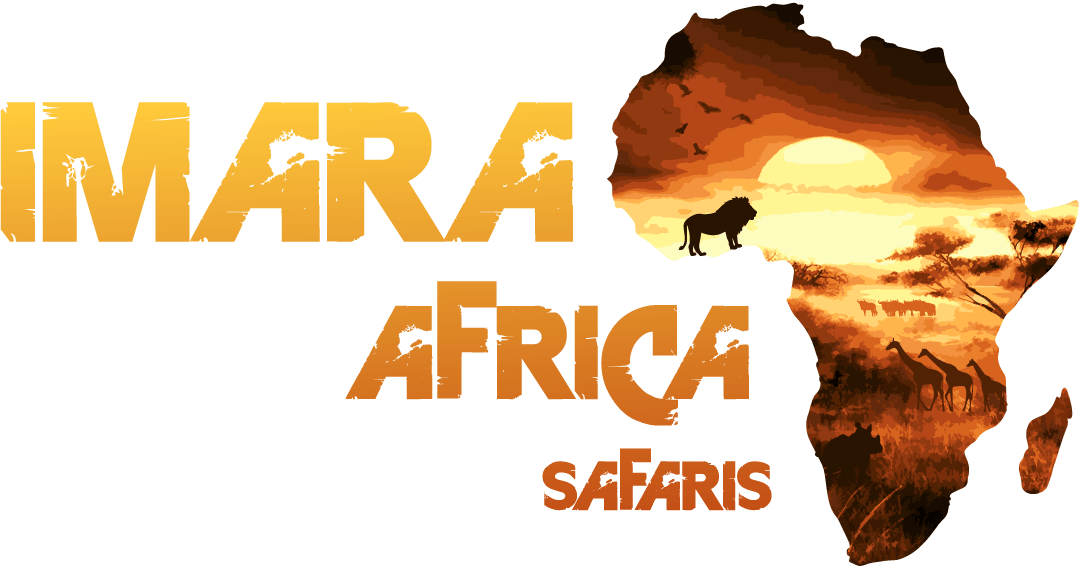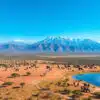Are you gearing up for the adventure of a lifetime on an East African safari? With its breathtaking landscapes and a rich tapestry of wildlife, East Africa offers unparalleled opportunities for wildlife photography. Whether you’re an amateur or a seasoned pro, understanding the unique ecosystems, the right gear, optimal timings, effective techniques, ethical considerations, and tips for editing can elevate your photography to a captivating art form. This article will provide you with invaluable wildlife photography tips for your East African safari, ensuring your memories are preserved in stunning detail for years to come.
Key Takeaways
- Familiarize yourself with East Africa’s unique ecosystems to enhance your wildlife photography perspective.
- Invest in essential photography gear such as zoom lenses and sturdy tripods for optimal results on safari.
- Plan your shoots during golden hours to capture the best lighting for wildlife images in East Africa.
- Employ techniques like using natural frames and maintaining a low angle to enhance the quality of your wildlife shots.
- Adhere to ethical considerations to respect wildlife and their habitats while practicing your photography skills.
Understanding the Unique Ecosystems of East Africa
East Africa is renowned for its rich biodiversity and stunning landscapes, making it a must-visit destination for wildlife enthusiasts and photographers alike. Understanding the unique ecosystems of East Africa will not only enhance your appreciation for the region but will also elevate your wildlife photography skills. When planning your safari, be sure to consider the best times to visit the various national parks, such as the Serengeti and Ngorongoro Crater, known for their dramatic natural beauty and abundant wildlife. For those eager to capture the essence of the wild, employing effective wildlife photography tips for your East African safari is essential. Use a telephoto lens to capture close-up shots of animals without disturbing them, and be patient—wildlife can be unpredictable, and the perfect moment may take time to present itself. Early mornings and late afternoons offer the best lighting conditions, providing vibrant colors and enhancing the overall quality of your photographs. Additionally, familiarize yourself with the behavior of the animals you wish to photograph; understanding their habits can lead to more dynamic and engaging shots. By immersing yourself in the unique ecosystems of East Africa and utilizing these wildlife photography tips, you’ll not only create stunning images but also forge a deeper connection with the incredible wildlife that inhabits this breathtaking region.
Essential Photography Gear for Safari
Embarking on an East African safari is a dream come true for many wildlife enthusiasts and photographers alike. To capture the breathtaking beauty of Africa’s diverse wildlife, it’s essential to have the right photography gear. First and foremost, invest in a DSLR or mirrorless camera with a zoom lens, ideally ranging from 200mm to 600mm. This allows you to photograph animals at a safe distance without disturbing them. Additionally, a high-capacity memory card and spare batteries are crucial, as you don’t want to miss that perfect shot. A sturdy tripod or monopod can help with stabilization, especially when shooting in low light conditions during dawn and dusk when wildlife is most active. Lastly, consider bringing a waterproof camera bag and lens cleaning kit to protect your gear from dust and moisture in the field. By equipping yourself with this essential photography gear, you’re well on your way to mastering wildlife photography tips for your East African safari.
‘In every walk with nature one receives far more than he seeks.’ – John Muir
Best Times for Wildlife Photography in East Africa
When embarking on a remarkable East African safari, knowing the best times for wildlife photography can greatly enhance your experience and outcomes. The golden hours of early morning and late afternoon are typically regarded as ideal for wildlife photography due to the soft, diffused light that brings out the rich colors and subtle details in your subjects. Moving beyond these times, the dry season, which runs from June to October, offers increased wildlife visibility as animals congregate around diminishing water sources. With fewer bushes to obstruct your view and the sun casting long shadows, this season can yield breathtaking images of herds of elephants, prides of lions, and much more. Additionally, during the Great Migration, typically from July to September, you’ll witness stunning scenes of wildebeests and zebras on the move, creating an unparalleled opportunity for capturing dynamic wildlife action. To make the most of your trip, utilize these wildlife photography tips for your East African safari, ensuring your camera is prepared for both the wildlife encounters and the lighting conditions.
Techniques for Capturing Stunning Wildlife Images
When embarking on a journey through East Africa, capturing the breathtaking beauty of its wildlife can be a rewarding experience, especially with the right wildlife photography tips for your East African safari. First and foremost, invest in a good quality telephoto lens; this allows you to photograph animals from a distance without disturbing them. Additionally, familiarize yourself with the local wildlife and their behaviors, as understanding their patterns can lead to more dynamic shots. Early mornings or late afternoons provide the best lighting conditions, known as the golden hour, enhancing the vibrancy of your photos. Don’t forget to practice patience – the perfect shot may take time to materialize. Lastly, be mindful of your surroundings and the habitat, ensuring that your photographic pursuits do not negatively impact the animals or their environment.
Ethical Considerations in Wildlife Photography
When planning your exciting adventure into the heart of East Africa, understanding the ethical considerations in wildlife photography is crucial. Wildlife photography tips for your East African safari not only enhance your skills but also promote responsible practices that ensure the safety and well-being of animals and the environment. Firstly, maintain a respectful distance from wildlife; using a telephoto lens allows you to capture stunning images without disturbing or stressing the animals. It’s essential to avoid any actions that could negatively impact their natural behaviors. Furthermore, always adhere to the guidelines set by parks and reserves. For instance, staying on designated paths and avoiding off-road driving preserves habitats and minimizes human impact. Participating in eco-friendly photography workshops can also be beneficial, as they often emphasize ethical shooting practices. By prioritizing these ethical considerations, you not only improve your wildlife photography skills but also contribute positively to conservation efforts in East Africa.
Editing and Showcasing Your Safari Photos
After capturing stunning images on your East African safari, the next crucial step is editing and showcasing your wildlife photography. Wildlife photography tips for your East African safari extend beyond simply taking photos; they also encompass how you present your work. Start by selecting a reliable editing software that suits your level of expertise, such as Adobe Lightroom or Photoshop. Adjusting exposure, contrast, and color balance can dramatically enhance the vibrancy of your images, making the colors of the African sun and the subtle textures of wildlife come to life. When it comes to showcasing your photos, consider creating a visually appealing online portfolio or blog. Utilize social media platforms like Instagram and Facebook to reach a wider audience, and don’t shy away from adding storytelling elements with captions to engage your viewers. By effectively editing and showcasing your photographs, you not only preserve the memories of your East African adventure but also inspire others to appreciate the beauty of wildlife.






